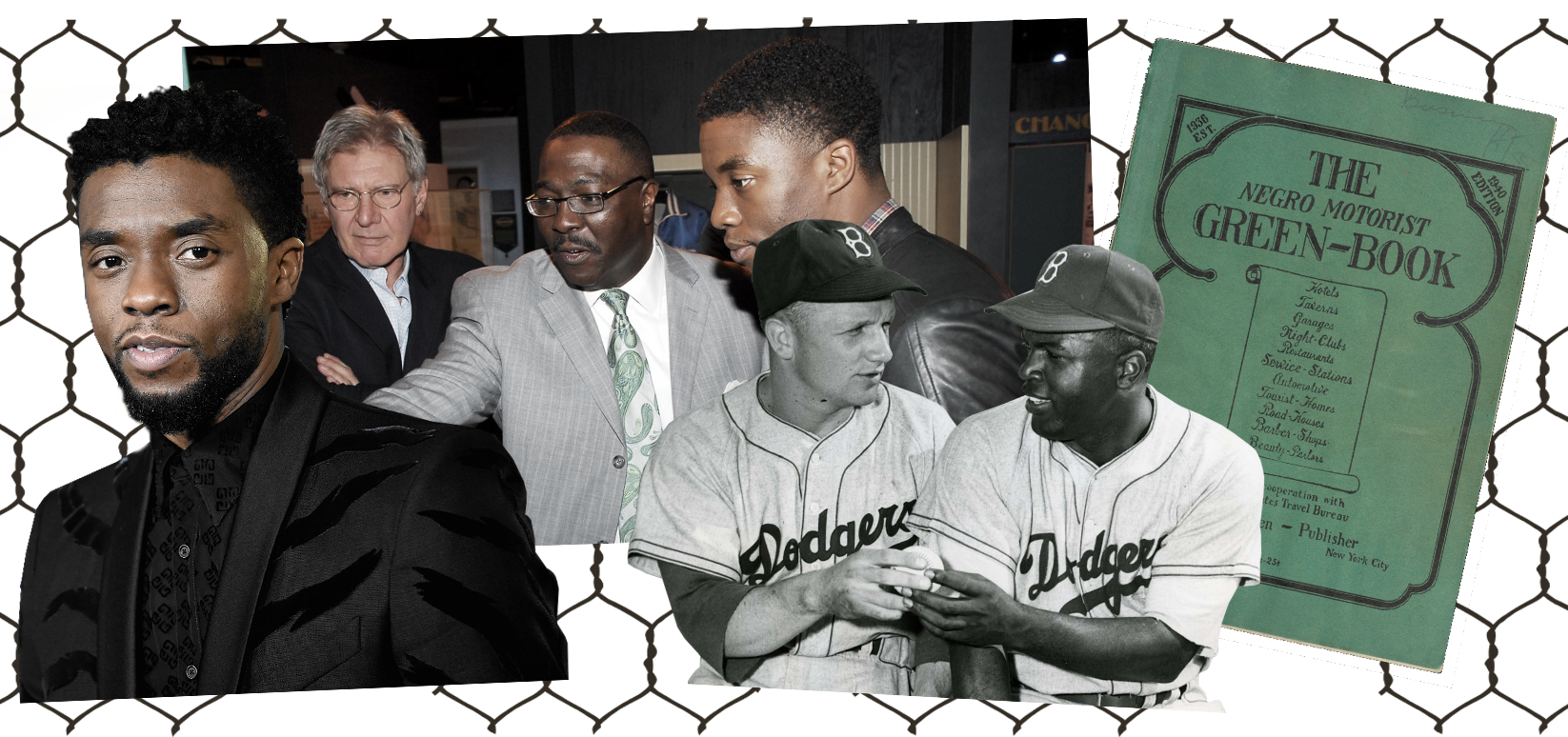Storied: Extra Innings. Stories of the Negro Leagues you likely haven't heard
In association with the Negro Leagues Baseball Museum

Stories of the Negro Leagues you likely haven't heard
Please share with the NLBM a few thoughts you had about the STORIED series.
Want to Donate to the Negro Leagues Museum?
Click here to donate to the cause!
Missed the First 22 Episodes?
I:Chadwick Boseman
Chadwick Boseman had the talent and the charisma to eloquently bring the late, great Jackie Robinson to life on the big screen. Boseman further went on to play a pivotal role in Black Culture when he became Marvel’s very own Black Panther. Learn about his time at the Negro Leagues Baseball Museum and the legacy he left following his untimely passing.
II:NLB Impact on the Majors
“Fast. Aggressive. Daring.” The Negro Leagues had an unmistakable style of play that fans couldn’t get enough of. We’re talking about glove-flips, barehanded double plays, pop slides, and so much more. When a Negro League player stepped on the field, you wouldn’t dare blink because you might miss something. Join Bob as he analyzes how that style of play infiltrated the Major Leagues following the league’s integration.
III:Child's Perspective on the NLBM
“We try to simplify it [segregation] by telling it through the eyes of these courageous black athletes.” When faced with trials and tribulations, black baseball players continued to do what they loved to do; play baseball. When told they couldn’t play at the Major League level, they made their own league. When told they couldn’t eat at restaurants or sleep in hotels, they ate their peanut butter crackers and slept on the bus. It’s one of the greatest human stories of dedication, and it creates an easily-digestible subject matter for children to understand the reality of segregation.
IV:Color Barrier Breakers
““Their pathway to the Major Leagues was just as contentious as it was for Jackie, and they should all be celebrated.” Although most everyone knows the story of Jackie Robinson, each team had their own Barrier Breaker. In this episode, Bob talks about the exhibit inside the Negro Leagues Baseball Museum dedicated to the first man of color to play for each respective Major League club.
V:Dressed to the Nines
“Everywhere you went you went looking good.” Back in the early-to-mid 1900s, Major League teams typically did not play on Sundays. Which meant that their ballparks were available for use. As a result, the Negro Leagues would rent out the ballparks on Sunday to play doubleheaders, and the fans would come straight from church in their ‘Sunday Best.’
VI:The Green Book
“The Black folks AAA Magazine” While fans would welcome NLB teams into their stadiums with open arms, they’d turn around after the game and deny players essential services like food or board. Players in the Negro Leagues and jazz musicians began to document which businesses would provide services in the form of a Green Book. Bob recounts the Green Book’s impact on traveling black entertainers in this final episode of Extra Innings.

